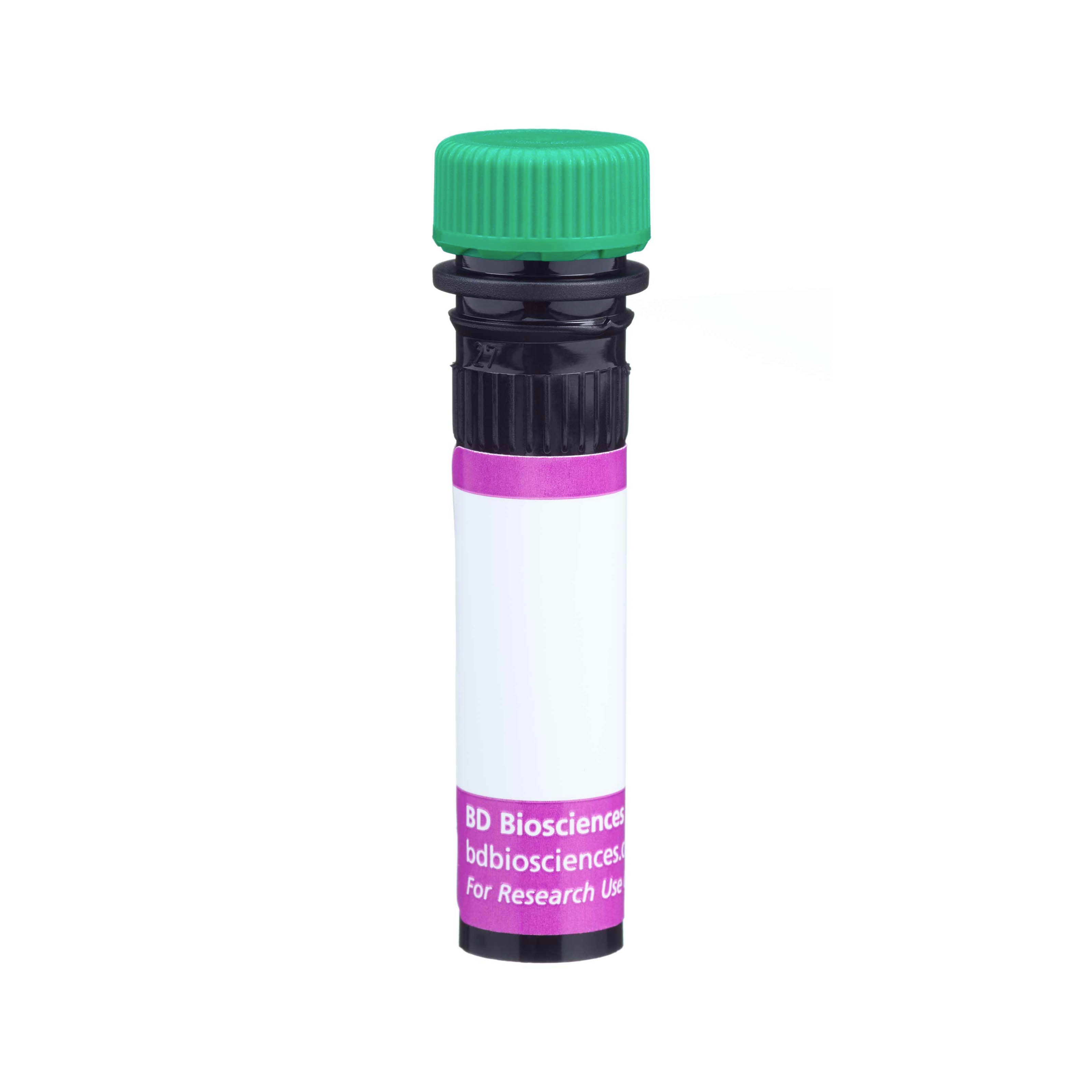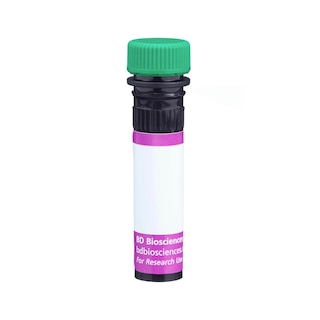-
Training
- Flow Cytometry Basic Training
-
Product-Based Training
- BD FACSDiscover™ S8 Cell Sorter Product Training
- Accuri C6 Plus Product-Based Training
- FACSAria Product Based Training
- FACSCanto Product-Based Training
- FACSLyric Product-Based Training
- FACSMelody Product-Based Training
- FACSymphony Product-Based Training
- HTS Product-Based Training
- LSRFortessa Product-Based Training
- Advanced Training
-
- BD FACSDiscover™ S8 Cell Sorter Product Training
- Accuri C6 Plus Product-Based Training
- FACSAria Product Based Training
- FACSCanto Product-Based Training
- FACSLyric Product-Based Training
- FACSMelody Product-Based Training
- FACSymphony Product-Based Training
- HTS Product-Based Training
- LSRFortessa Product-Based Training
- United States (English)
-
Change country/language
Old Browser
This page has been recently translated and is available in French now.
Looks like you're visiting us from {countryName}.
Would you like to stay on the current country site or be switched to your country?




Three-color image analysis of CD31 expression by cells within C57BL/6 mouse spleen. Mouse spleen cryosections (5 µm) were fixed with BD Cytofix™ Fixation Buffer (Cat. No. 554655), blocked with 5% goat serum and 1% BSA diluted in 1x PBS, and stained with BD Horizon™ BV480 Rat Anti-Mouse CD31 (Cat. No. 565629; pseudo-colored green), Alexa Fluor® 647 Rat Anti-Mouse CD3 Molecular Complex (Cat. No. 557869; pseudo-colored red), and BD Horizon™ BV421 Rat Anti-Mouse CD45R/B220 (Cat. No. 562922; pseudo-colored blue) antibodies. Slides were mounted with ProLong® Gold and the images were captured on a standard epifluorescence microscope. Original magnification, 20×.


BD Horizon™ BV480 Rat Anti-Mouse CD31

Regulatory Status Legend
Any use of products other than the permitted use without the express written authorization of Becton, Dickinson and Company is strictly prohibited.
Preparation And Storage
Recommended Assay Procedures
For optimal and reproducible results, BD Horizon Brilliant Stain Buffer should be used anytime two or more BD Horizon Brilliant dyes are used in the same experiment. Fluorescent dye interactions may cause staining artifacts which may affect data interpretation. The BD Horizon Brilliant Stain Buffer was designed to minimize these interactions. More information can be found in the Technical Data Sheet of the BD Horizon Brilliant Stain Buffer (Cat. No. 563794/566349).
For Immunofluorescence Applications: The use of a mounting reagent (eg, ProLong® Gold) is highly recommended to maximize the photostability of BV480. For confocal microscopy systems, a 440 nm laser is the optimal excitation source and the recommended emission filter is a 485/20 nm bandpass filter.
For epifluorescence microscopes with broad spectrum excitation sources, the recommended excitation and emission filters are 445/20 nm and 485/20 nm bandpass filters, respectively. For specific multicolor imaging applications, the exact filter configurations should be optimized by the end user. For additional instrument/filter configuration information, please visit http://www.bdbiosciences.com/research/cellularimaging.
Product Notices
- Since applications vary, each investigator should titrate the reagent to obtain optimal results.
- An isotype control should be used at the same concentration as the antibody of interest.
- Source of all serum proteins is from USDA inspected abattoirs located in the United States.
- Caution: Sodium azide yields highly toxic hydrazoic acid under acidic conditions. Dilute azide compounds in running water before discarding to avoid accumulation of potentially explosive deposits in plumbing.
- This antibody has been developed for the immunofluorescence imaging application. However, the antibody is routinely QC tested by flow cytometric analysis. Researchers are encouraged to titrate the reagent for optimal performance.
- BD Horizon Brilliant Violet 480 is covered by one or more of the following US patents: 8,575,303; 8,354,239.
- ProLong® is a registered trademark of Thermo Fisher Scientific, Inc. Waltham, MA.
- For fluorochrome spectra and suitable instrument settings, please refer to our Multicolor Flow Cytometry web page at www.bdbiosciences.com/colors.
- BD Horizon Brilliant Stain Buffer is covered by one or more of the following US patents: 8,110,673; 8,158,444; 8,575,303; 8,354,239.
- Please refer to www.bdbiosciences.com/us/s/resources for technical protocols.
Companion Products






The MEC13.3 antibody specifically recognizes CD31, also known as PECAM-1 (Platelet Endothelial Cell Adhesion Molecule-1). CD31 is a 130 kDa integral membrane protein, a member of the immunoglobulin superfamily, that mediates cell-to-cell adhesion. CD31 is expressed constitutively on the surface of adult and embryonic endothelial cells and is also expressed on many peripheral leukocytes and platelets. It has also been detected on bone marrow-derived hematopoietic stem cells and embryonic stem cells. CD31 is involved in the transendothelial emigration of neutrophils, and neutrophil PECAM-1 appears to be down-regulated after extravasation into inflamed tissues. Multiple alternatively spliced isoforms are detected during early post-implantation embryonic development; this alternative splicing is involved in the regulation of ligand specificity. CD38 and vitronectin receptor (αvβ3 integrin, CD51/CD61) are proposed to be ligands for CD31. CD31-mediated endothelial cell-cell interactions are involved in angiogenesis. The MEC13.3 mAb inhibits a variety of in vitro and in vivo functions mediated by CD31.
The antibody was conjugated to BD Horizon BV480 which is part of the BD Horizon Brilliant™ Violet family of dyes. With an Ex Max of 436-nm and Em Max at 478-nm, BD Horizon BV480 can be excited by the violet laser and detected in the BD Horizon BV510 (525/40-nm) filter set. BV480 has less spillover into the BV605 detector and, in general, is brighter than BV510.

Development References (13)
-
Baldwin HS, Shen HM, Yan HC, et al. Platelet endothelial cell adhesion molecule-1 (PECAM-1/CD31): alternatively spliced, functionally distinct isoforms expressed during mammalian cardiovascular development. Development. 1994; 120(9):2539-2953. (Clone-specific: Blocking, Flow cytometry, Immunohistochemistry). View Reference
-
Christofidou-Solomidou M, Nakada MT, Williams J, Muller WA, DeLisser HM. Neutrophil platelet endothelial cell adhesion molecule-1 participates in neutrophil recruitment at inflammatory sites and is down-regulated after leukocyte extravasation. J Immunol. 1997; 158(10):4872-4878. (Clone-specific: Flow cytometry, Inhibition, In vivo exacerbation). View Reference
-
DeLisser HM, Christofidou-Solomidou M, Strieter RM, et al. Involvement of endothelial PECAM-1/CD31 in angiogenesis. Am J Pathol. 1997; 151(3):671-677. (Clone-specific: Inhibition, In vivo exacerbation). View Reference
-
DeLisser HM, Newman PJ, Albelda SM. Molecular and functional aspects of PECAM-1/CD31. Immunol Today. 1994; 15(10):490-495. (Biology). View Reference
-
Duncan GS, Andrew DP, Takimoto H, et al. Genetic evidence for functional redundancy of Platelet/Endothelial cell adhesion molecule-1 (PECAM-1): CD31-deficient mice reveal PECAM-1-dependent and PECAM-1-independent functions. J Immunol. 1999; 162(5):3022-3030. (Clone-specific: Flow cytometry, Immunohistochemistry). View Reference
-
Famiglietti J, Sun J, DeLisser HM, Albelda SM. Tyrosine residue in exon 14 of the cytoplasmic domain of platelet endothelial cell adhesion molecule-1 (PECAM-1/CD31) regulates ligand binding specificity. J Cell Biol. 1997; 138(6):1425-1435. (Biology). View Reference
-
Horenstein AL, Stockinger H, Imhof BA, Malavasi F. CD38 binding to human myeloid cells is mediated by mouse and human CD31. Biochem J. 1998; 330(3):1129-1135. (Biology). View Reference
-
Ling V, Luxenberg D, Wang J, et al. Structural identification of the hematopoietic progenitor antigen ER-MP12 as the vascular endothelial adhesion molecule PECAM-1 (CD31). Eur J Immunol. 1997; 27(2):509-514. (Clone-specific: Flow cytometry). View Reference
-
Piali L, Hammel P, Uherek C, et al. CD31/PECAM-1 is a ligand for alpha v beta 3 integrin involved in adhesion of leukocytes to endothelium. J Cell Biol. 1995; 130(2):451-460. (Biology). View Reference
-
Rosenblum WI, Murata S, Nelson GH, Werner PK, Ranken R, Harmon RC. Anti-CD31 delays platelet adhesion/aggregation at sites of endothelial injury in mouse cerebral arterioles. Am J Pathol. 1994; 145(1):33-36. (Clone-specific: Flow cytometry, Immunohistochemistry, Immunoprecipitation, In vivo exacerbation). View Reference
-
Suri C, Jones PF, Patan S, et al. Requisite role of angiopoietin-1, a ligand for the TIE2 receptor, during embryonic angiogenesis. Cell. 1996; 87(7):1171-1180. (Clone-specific: Immunohistochemistry). View Reference
-
Vanzulli S, Gazzaniga S, Braidot MF, et al. Detection of endothelial cells by MEC 13.3 monoclonal antibody in mice mammary tumors. Biocell. 1997; 21(1):39-46. (Clone-specific: Immunohistochemistry). View Reference
-
Vecchi A, Garlanda C, Lampugnani MG, et al. Monoclonal antibodies specific for endothelial cells of mouse blood vessels. Their application in the identification of adult and embryonic endothelium. Eur J Cell Biol. 1994; 63(2):247-254. (Immunogen: ELISA, Flow cytometry, Fluorescence microscopy, Immunofluorescence, Immunohistochemistry, Immunoprecipitation). View Reference
Please refer to Support Documents for Quality Certificates
Global - Refer to manufacturer's instructions for use and related User Manuals and Technical data sheets before using this products as described
Comparisons, where applicable, are made against older BD Technology, manual methods or are general performance claims. Comparisons are not made against non-BD technologies, unless otherwise noted.
For Research Use Only. Not for use in diagnostic or therapeutic procedures.
Report a Site Issue
This form is intended to help us improve our website experience. For other support, please visit our Contact Us page.